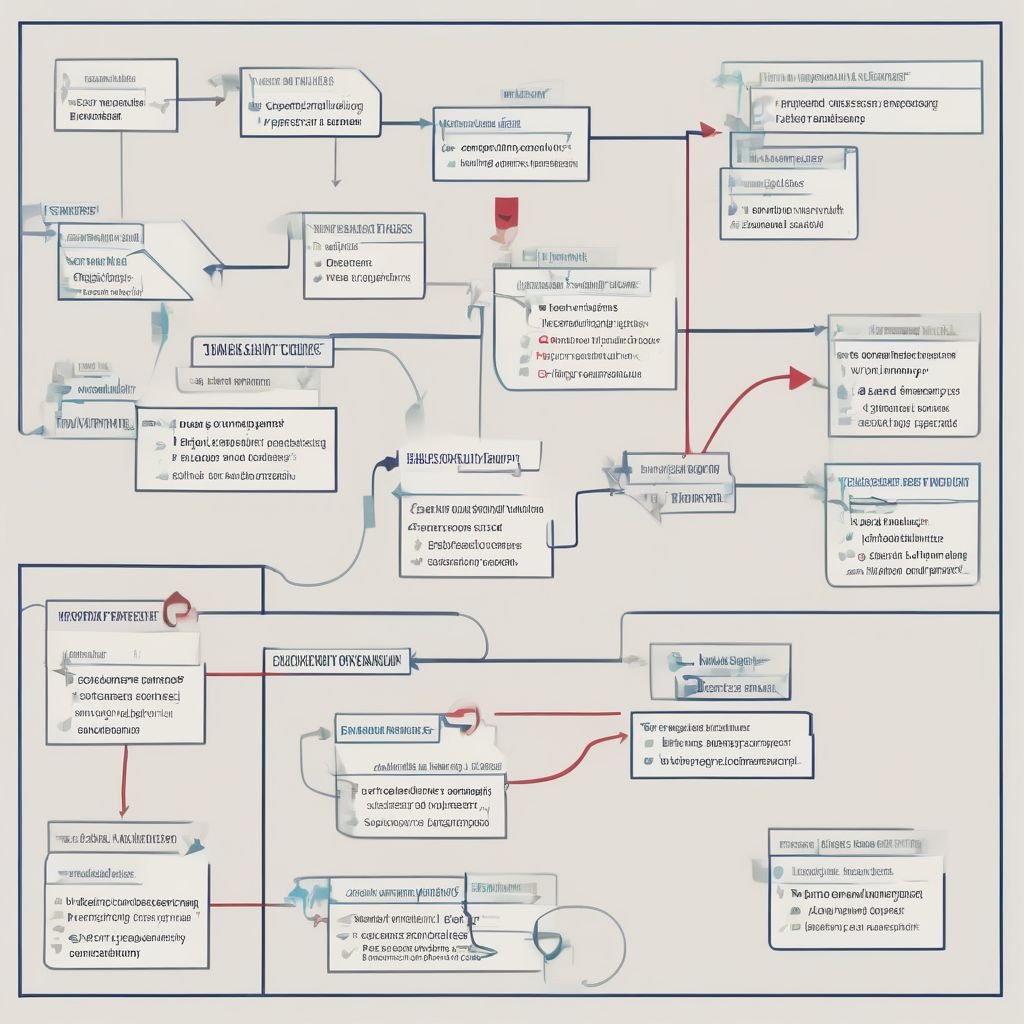Change Control Management: A Comprehensive Guide
In today’s rapidly evolving business landscape, organizations constantly adapt and change to stay ahead. From implementing new technologies to adjusting to market trends, change is inevitable. However, without a structured approach, change can lead to chaos, confusion, and ultimately, failure. That’s where Change Control Management comes in.
 Change Control Process Diagram
Change Control Process Diagram
Understanding Change Control Management
Change control management is a systematic approach to managing all changes within an organization. It provides a framework for evaluating, authorizing, implementing, and documenting changes, ensuring they are beneficial and minimize risks. Think of it as a structured process that ensures any modification, big or small, is implemented smoothly and with minimal disruption.
But why is change control management so important?
Imagine a scenario where a software development team makes unauthorized changes to a critical system, leading to unforeseen errors and system downtime. This could have been avoided with a robust change control management process.
Key Elements of Change Control Management
A successful change control management system typically involves several key elements:
- Change Request: This is the first step where a need for change is identified and documented. It includes details like the nature of the change, the reason for the change, potential impact, and the proposed solution.
- Change Assessment: Once a request is submitted, it’s thoroughly evaluated for its potential impact on existing processes, systems, and resources. This step also involves analyzing the risks and benefits associated with the change.
- Change Approval: Not all change requests are created equal. This stage involves getting the necessary approvals from relevant stakeholders before any change is implemented. This could involve a dedicated change control board that reviews and authorizes changes.
- Implementation Planning: A well-defined implementation plan outlines the steps for implementing the change, including timelines, resources required, and potential rollback plans in case of unforeseen issues.
- Communication: Effective communication is paramount throughout the entire change control process. All stakeholders need to be informed about the proposed change, its implementation status, and its impact.
- Testing and Validation: Before a change is rolled out to the entire organization, it’s crucial to test it in a controlled environment to ensure it functions as intended and doesn’t introduce new problems.
- Documentation and Reporting: Every step of the change control process, from the initial request to the final implementation, needs to be meticulously documented. This creates an audit trail and provides valuable insights for future changes.
Benefits of Implementing Change Control Management
Implementing a structured change control management process offers several benefits:
- Reduced Risk: By assessing the potential impact of each change, organizations can significantly reduce the risks associated with implementing changes.
- Improved Quality: Changes are more likely to be successful when they are carefully planned, tested, and implemented.
- Increased Efficiency: A structured process eliminates confusion and streamlines the implementation of changes, saving time and resources in the long run.
- Better Communication: Change control processes often involve clear communication channels, ensuring everyone is informed and on the same page.
- Enhanced Compliance: For many industries, especially regulated ones, having a documented change control process is not just a good practice, it’s often a regulatory requirement.
Common FAQs about Change Control Management
- What types of changes does change control management cover? Change control management applies to a broad spectrum of changes, including software updates, hardware upgrades, process modifications, policy changes, and even organizational restructuring.
- Who is responsible for change control management? While all stakeholders have a role to play, dedicated change managers or change control boards are typically responsible for overseeing the entire process.
- What tools can be used for change control management? Many software tools are available to help organizations manage change control, from simple spreadsheets to dedicated change management software solutions.
Conclusion
In today’s dynamic environment, change is a constant. However, by embracing a structured approach to change control management, organizations can navigate transitions smoothly, mitigate risks, and ultimately, leverage change as a catalyst for growth and improvement.